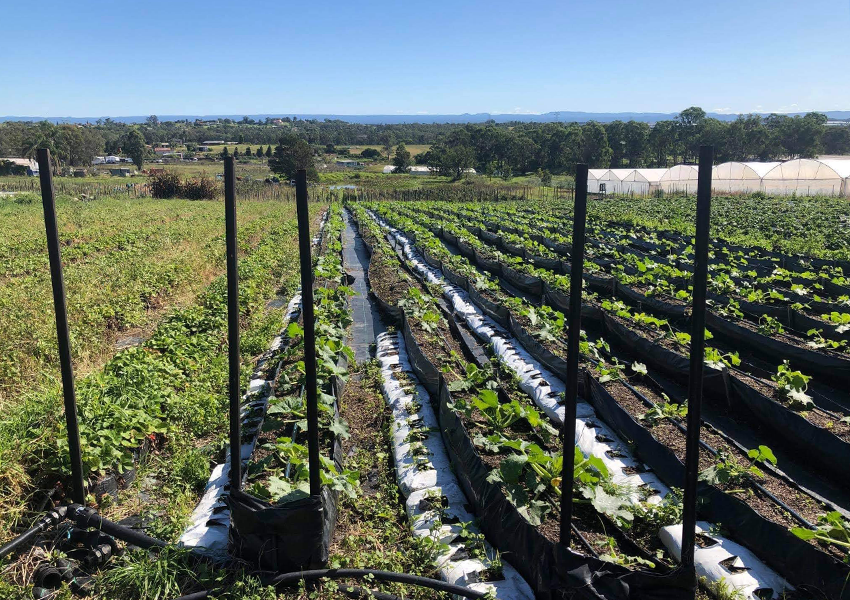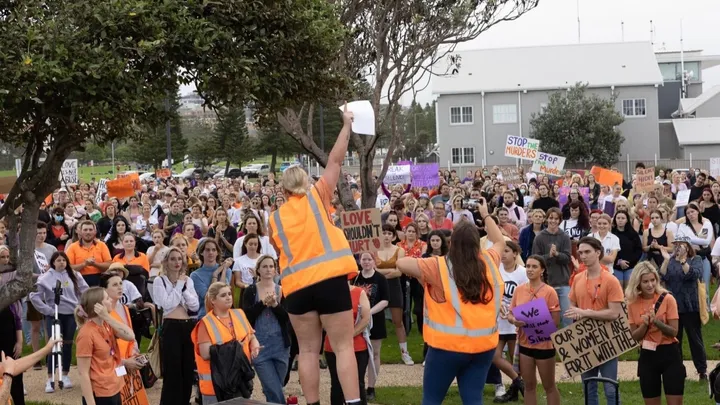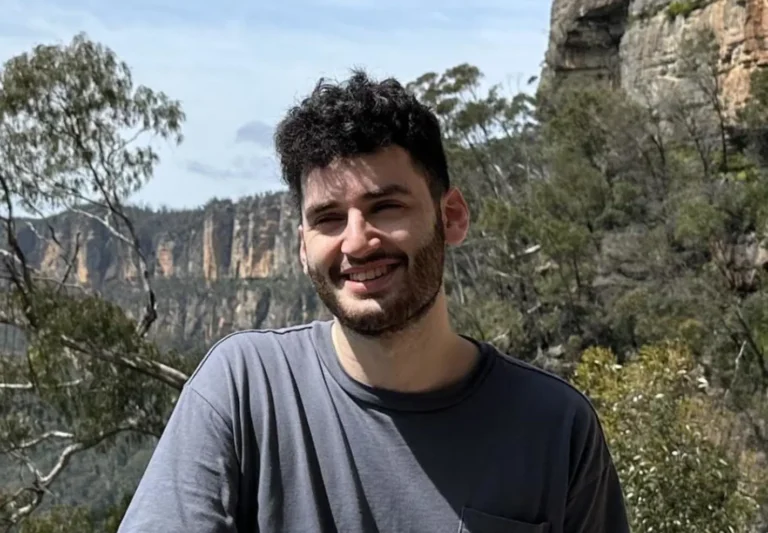
Sydney’s food bowl at risk

Opinion by MERRILL WITT
Last Friday, the Daily Telegraph reported that the Berejiklian government had reached an in-principle agreement with acting Nationals leader Paul Toole to weaken the Koala State Environment Planning Policy (Koala SEPP) in preparation for its cabinet meeting this week.
Needless to say, the relaxation of the rules governing koala habitat protection on private property aren’t being made because stronger regulation “takes away hope and prosperity for the future of the regions,” as the Deputy Premier, John Barilaro, claimed when he threatened to take his National Party MPs to the crossbench over the issue.
More than likely, the watering down of the Koala SEPP will be remembered as yet another example of how property developers have been remarkably effective in convincing governments to abandon or modify policies that impinge on the development potential of their holdings.
The influential developer lobbying group Urban Taskforce, for example, was quick to back Mr Barilaro’s demands that the Koala SEPP be rescinded. Its media release of 11 September said that the Koala SEPP would have “unintended economic consequences” and likened it to just another instance of how “increased prescriptive regulation reduces feasibility and therefore housing supply.”
The Sydney Basin supplies 20% of Sydney’s fresh food supplies
In recent decades, similar arguments about the “unintended economic consequences” of putting the wider public interest ahead of the rights of private property owners have been allowed to shape urban growth in Sydney.
But this “growth-first” approach to planning is not immune to its own “unintended economic consequences.” Questions are now being asked about whether replacing Greater Sydney’s agricultural lands with housing makes sense at a time when the COVID-19 crisis has highlighted the important economic and social advantages of securing a local food supply chain.
Remarkably, the Sydney Basin, which is bounded by the Hawkesbury River to the north, the Blue Mountains to the west and Wollondilly to the south, still supplies around 20% of Sydney’s fresh food and accounts for a $1 billion of the state’s $16 billion annual agricultural income, according to a recent article in The Australian. The Nature Conservation Council describes the Sydney Basin’s agriculture land as “some of the most productive soils in the nation.”
Regrettably, this significant contributor to the state’s economy will soon disappear if the current pace of urban development continues. UTS’s Sydney’s Food Futures Report estimates that in less than 14 years, regional Sydney farms will only contribute about 5% of the city’s fresh food because so much of the land is being sold off to developers for housing or other purposes.
Private landowners defeated a proposal to permanently protect Sydney’s greenbelt
In 2005, the then Labor government tried to codify Sydney’s greenbelt. The proposed green zones, also referred to as ‘green overlay zones,’ comprised 30% of two major land release areas in Western Sydney – the North West and South West Growth Centres.
The proposal was designed to limit urban sprawl, preserve agricultural lands, protect biodiversity and secure habitat connectivity for the area’s wildlife. Thousands of landholdings, including market gardens, hobby farms and large rural estates in and around the Growth Centres, were to be permanently protected from urbanisation.
Unfortunately, the plan’s release caused a very public outcry from affected landowners, who were disappointed that their properties would no longer be eligible for a potential windfall increase in land value from a future zoning change. A telephone hotline, hastily set up by the government to respond to complaints, was flooded with calls, and media attention was drawn to relatively minor faults with the maps of the proposed green zone areas.
Faced with a growing backlash, the government withdrew the proposal while it was still on public exhibition. The planning minister at that time, Frank Sartor, tellingly admitted to the Sydney Morning Herald that the establishment of “green zones” was not practical. “Unfortunately it had the effect of influencing property values,” he said.
After the greenbelt proposal was abandoned, more than 2,500 hectares of rural land designated for the green overlay zones was released to create 12,000 extra home lots. While most of the land was in green zones outside the main development growth area, some had previously been zoned for parkland inside.
In her contemporaneous essay, “Private Property Rights and the Public Interest in Land Use Conflicts: The Case of Sydney’s Lost Greenbelt,” UTS academic Helen Gilbert criticised the government’s failure to protect agricultural land in the replacement metropolitan planning strategy, City of Cities, which was released shortly after the greenbelt proposal was abandoned. She noted that “given the speed of development, the approach to the zoning system for rural lands was completely inadequate to retain such an important aspect of Sydney’s self-sufficiency.”
Unfortunately, Gilbert’s critique was prophetic. Developers declared open season on Greater Sydney’s remaining rural lands and land banking has only accelerated in recent years in response to the setting of ambitious ‘new’ housing targets and the inclusion of new growth centres in the Sydney Basin.
Although media reports suggest that the COVID-19 pandemic will dampen the immigration growth rate and likely lead to a housing glut, the Government hasn’t pushed the pause button on its plans to accommodate around 2.4 million more people in Sydney by 2041.
Its most recent housing forecast still anticipates “the construction of 191,050 homes in Greater Sydney in the next five years…based on current programs and initiatives.” It represents an 8% increase compared with the last five years when 176,500 new homes were completed. Spearheading construction activity seems to be the Government’s preferred panacea for the current economic crisis.
Why Sydney needs to retain its local food supply
In their book, The Future of the Fringe, RMIT academics Andrew Butt and Michael Buxton argue that rural land within 150 kilometres of a major city is essential for human survival. Speaking recently to The Age, Professor Buxton said that “In this pandemic, both food production and supply chains have proved increasingly vulnerable…Dependency on international and interstate food assumes that stable conditions will continue, but long and complex supply chains can be disastrous in a crisis.”
The authors question the wisdom of treating peri-urban landscapes as “land awaiting development.” These landscapes, they maintain, “retain important natural resources and make valuable contributions to agriculture, water use, biodiversity conservation, landscape preservation and human well-being.”
The former agricultural minister and former deputy Nationals leader Niall Blair, who is now a professor of food sustainability at Curtin University, told the Sydney Morning Herald that the Koala SEPP didn’t “have farmers marching in the street.”
Hopefully, farmers will loudly complain about the Draft Cumberland Plain Conservation Plan now on public exhibition. It proposes reclassifying around 10,000 hectares of rural land to accommodate four more growth centres.
In the meantime, perhaps Mr Blair could take advantage of his new role as an expert on food sustainability to press upon his former National Party colleagues the important economic, social, and environmental benefits of securing the future of Sydney’s food bowl.









